“If Beethoven were alive today, he’d be a video game composer.”
That’s one of Tommy Tallarico’s catchphrases, one he repeated to me when I spoke with him on the phone earlier this month. Tallarico was at his recording studio in Los Angeles, on a short tour break after performing 15 shows in China across 21 days in August and September.
“If you think about it, at no time in the history of the world have millions of young people stood in line to go see an orchestra,” he said. “It is usually old people that do that, so here we are doing something really different in the whole history of music.”
Tallarico is the emcee, lead guitar player, co-founder, and all-round impresario of Video Games Live, a multimedia concert tour that aims to highlight the best gaming soundtracks of past and present. Over the last 15 years, Video Games Live has put on a total of 420 performances in 42 countries, playing such massive venues as the Hollywood Bowl, New York City’s Beacon Theater, and Beijing’s National Olympic Stadium.
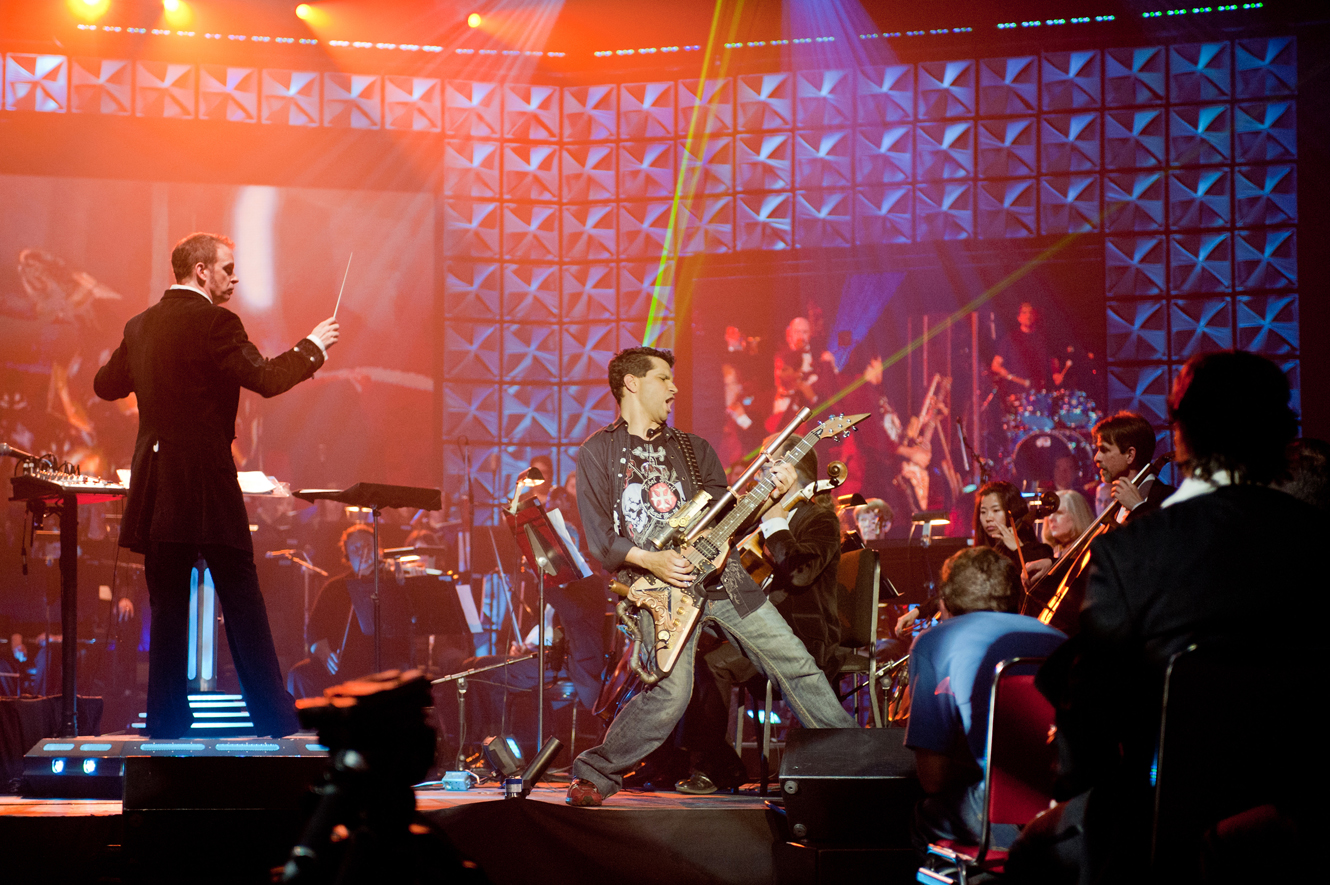
Courtesy Video Games Live
Each Video Games Live production features live renditions of video game music performed by a symphony orchestra and choir. A typical show boasts 100 musicians on stage, along with a revolving door of guest soloists. Tallarico occasionally plays his electric guitar, which has a custom body made to resemble a sniper rifle. But Video Games Live is about more than just the music. The stage is usually lit with an array of rock-show style lighting, smoke machines are often deployed, and guest soloists sometimes perform while elaborately costumed as game characters. The music is synchronized to video montages on large screens that correspond with the game soundtrack the orchestra is performing.
Watching the North Carolina Symphony’s performance earlier this month reminded me of how it must have felt to experience the awe and wonder of Disney’s original Fantasia for the first time on the big-screen in 1940, filtered through 21st century technology. While Disney used characters and setting from his films to reimagine classical masterpieces, VGL uses the images and soundtracks culled from 40 years of video game history.
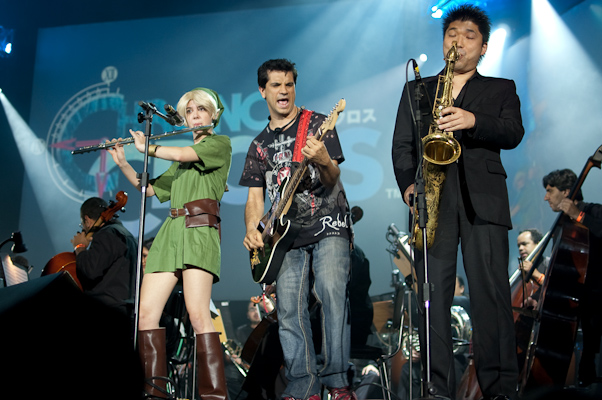
Courtesy Video Games Live
VGL brings a much more animated emcee than the staid conductor of Fantasia who introduce the segments and leading the audience through the performance. During performances, Tallarico rallies the audience to cheer when the urge strikes them, and during the breaks between medleys he endearingly speaks of his love of games and music. He exhibits a sense of profound admiration when introducing composers and featured solo musicians. Many are his personal friends and colleagues.
“I wanted to prove to the world how culturally significant and artistic video games have become, and to help usher in a whole new generation of young people to appreciate the arts, and appreciate symphonic music,” Tallarico told me.
One would be hard-pressed to find anyone in the industry more suited for the task of bringing the music of video games music to some of the most revered theaters and amphitheaters in the world than Tallarico. A respected video game composer, he founded Video Games Live in 2003 with the help of Jack Wall, a fellow veteran of scoring games. Tallarico has worked on 300 game soundtracks, his first being the 1992 Game Boy version of Prince of Persia. His orchestral score for Advent Rising in 2005 is highly regarded and featured performances the Mormon Tabernacle Choir and Paramount Orchestra. Wall, meanwhile, is known for his work on Myst and the three most recent Call of Duty: Black Ops games, as well as his collaborations with rock icons Patti Smith and David Byrne.
Wall also acted as the conductor for the majority of early VGL performances before leaving the show to pursue his composing work full-time in 2010.
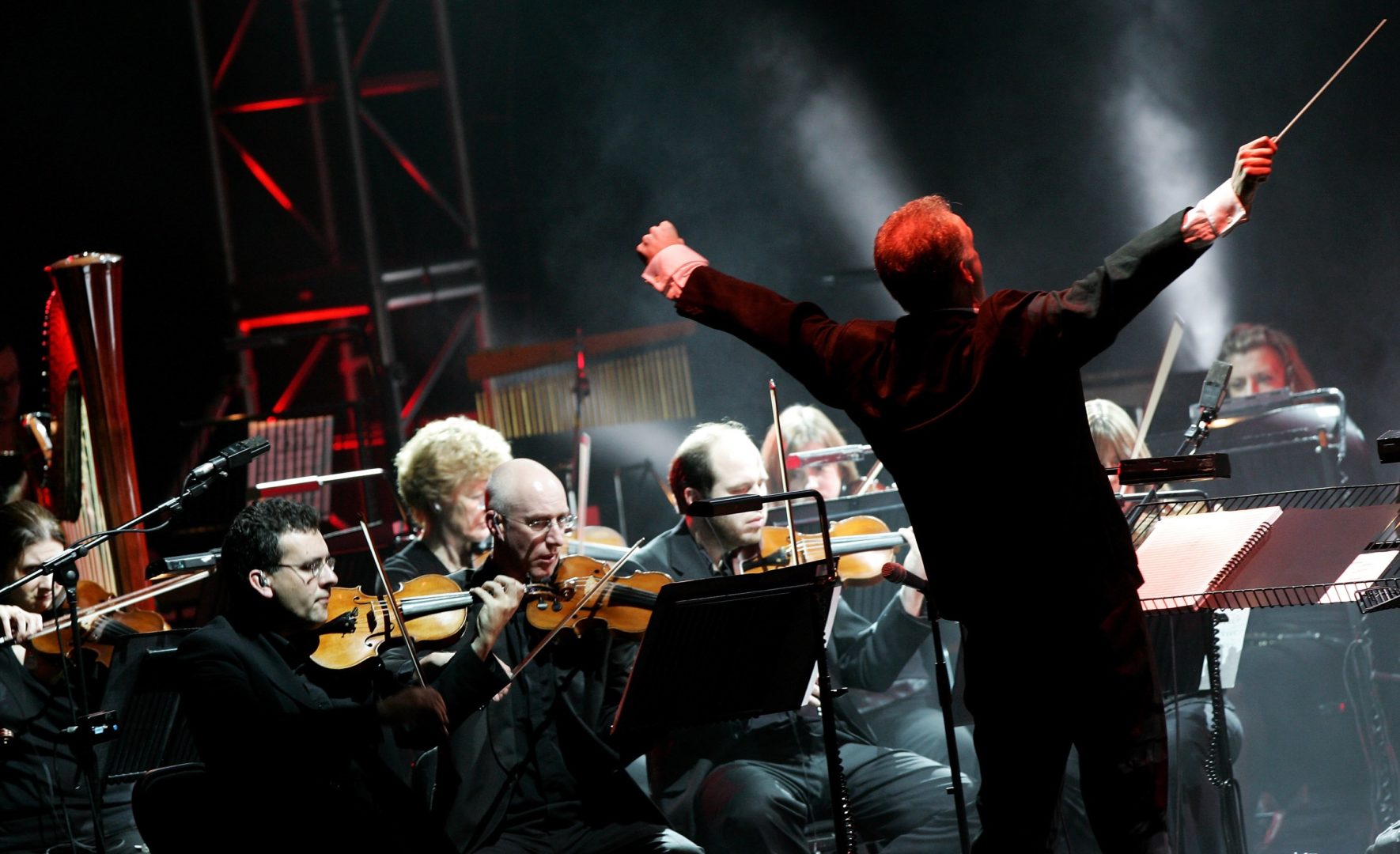
Courtesy Video Games Live
There are certain sounds that can only be produced by a live symphony orchestra composed of classically trained musicians and a choir. That level of expertise, when put to task delivering the most familiar and masterful game-soundtracks, synced with montages of game sequences celebrating the work of the best game artists and designers, allows the viewer to fully immerse themselves in the artistic qualities of games.
Reliving gaming experiences while disengaged from gameplay and without a controller or headset is similar to Disney’s rethinking of the ways one can experience a symphony orchestra. This reinterpretation shows us how the sounds, images and actions associated with the feelings of exuberant nostalgia, triumphant celebration, melancholy wistfulness, playful whimsy, driving perseverance, childlike wonder—basically all the feels—can exist as much in the worlds of gaming and animation as they do in real life.
VGL’s global success shows that those expressions of the human condition in games are shared and indeed universal.
“Brazil and Chile are off-the-charts-crazy-passionate audiences,” Tallarico said. “They’re the loudest people in the world when it comes to this stuff. We’ll play for 3, 4, 5000 people a night and play two or three encores and they just won’t leave. They’re chanting and cheering for 20 minutes after the show is over.”
VGL’s primary conductor Emmanuel Fratianni agreed when I spoke to him on the phone in September. “When we play In Rio and Sao Paolo, the whole show is a huge celebration. I remember playing the opening of Zelda and the audience responded so loudly I couldn’t hear the orchestra.”

Courtesy Video Games Live
“It is nothing like a classical concert,” he said. “People get really into it. They do not sit in their seat quiet, they react to the music. It really is like seeing a rock concert with a symphony orchestra. We keep it really light and don’t like to take ourselves too seriously because that’s not the point.”
Fratianni was recruited by Tallarico in 2005, the same year the two men worked together on the Advent Rising soundtrack. Fratianni’s wife, Laurie Robinson, is an accomplished singer, and sings both on that soundtrack and sometimes as a guest with Video Games Live. Fratianni is a highly respected musician in his own right, veteran conductor, as well as a composer for film and TV.
“It is so powerful, it is not only the sound of music, but a whole lot of vibration,” Fratianni said. “It is a completely overwhelming experience. You get it from the orchestra but you also get it from the audience.”
Fratianni’s view from the podium gives a good look into how game-music affects audiences all over the world. Ten years ago on tour in China, the VGL team were under constant police supervision, discouraged from rallying crowd participation, and separated from the audience by policeman.
“We were playing a figure skating arena that was built for the 2008 Olympic Games, and standing at the bottom of the arena facing the audience were 75 to 80 police guards there watching everybody. That was the environment we were in,” Fratianni recalled. “They asked us not to have them shout, everything we were doing in the West to be vocal and enthusiastic we couldn’t do in China.”
Two of Fratianni’s lifelong dreams came to fruition as conductor for VGL in 2013 when he conducted the National Symphony Orchestra and the San Francisco Symphony.
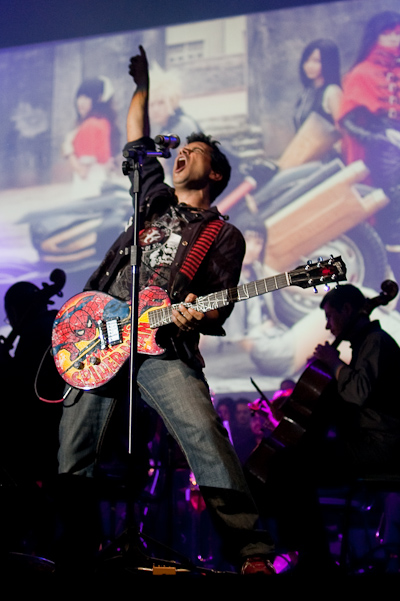
Courtesy Video Games Live
For a classically-trained conductor like Fratianni, trained to direct orchestras performing Mozart and Wagner, it is striking to him to lead arrangements written by composers that are his own contemporaries. “One thing about performing video game music is that we are performing the work of living and breathing composers, recent and current, and we know most of them,” he said.
Jason Hayes was the original lead composer for World of Warcraft, the most popular online game in the world. He attended VGL’s debut performance for a sold out crowd of 11,000 at the Hollywood Bowl in 2005.
“That Hollywood Bowl show was a really big deal. The venue is legendary and the orchestra [the LA Philharmonic] is also legendary. I was so amped up and excited and nervous that when the music actually played, I almost didn’t get to really hear any of it,” Hayes told me over the phone from his home in Nashville.
“It went by like a really fast blur, but I do remember the crowd reaction when they realized that it was the music from Warcraft after the opening notes. It was a really fun and awesome feeling to be there for that.”
He watched the show with Michael Salvatore, who composed the soundtrack for Halo, and Gerald Marino, who composed the soundtrack for God of War. Working in a medium that is mostly anonymous, he says they were all thrilled to see their work performed live.
“I feel very indebted to VGL, and to Tommy. It’s great to be able to feel like a rock star when you are used to working in isolation,” Hayes said. “It has been exciting to be a part of these games that have a very large and passionate community of players, but you don’t get a sense of that unless you’re in a venue like that, where everyone is there with an excitement and a passion and a love for the games. It’s a wonderful thing to be a part of.”
As somewhat of a traveling live gaming exhibition, VGL not only celebrates the entertainment value of the gaming experience, but also serves to bring people together who normally experience games in a solitary environment.
“We’re bringing people together. A lot of the time when people play video games they’re in a dark room with headphones on. We bring those that share this hobby into a room together, to celebrate the artform that they love,” Tallarico said. “They don’t have many opportunities to get together as a group. That’s a special thing.”
Additional reporting contributed by S. Noelle Lynch.
Header image courtesy Video Games Live.
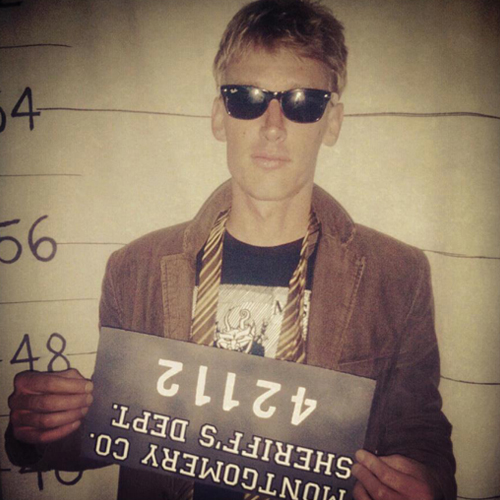
Hart Fowler is the former publisher of 16 Blocks Arts and Culture magazine. He currently works as an independent journalist for both national and regional magazines. He recently has been writing about the opioid crisis, war veterans, art, podcasting, and outdoor recreational sports. His recent collaborative efforts in short-form fiction are currently in the works to be published in both print and podcast form. You can see some of his work at hartfowler.com. Follow him on Twitter @JHartFowler.